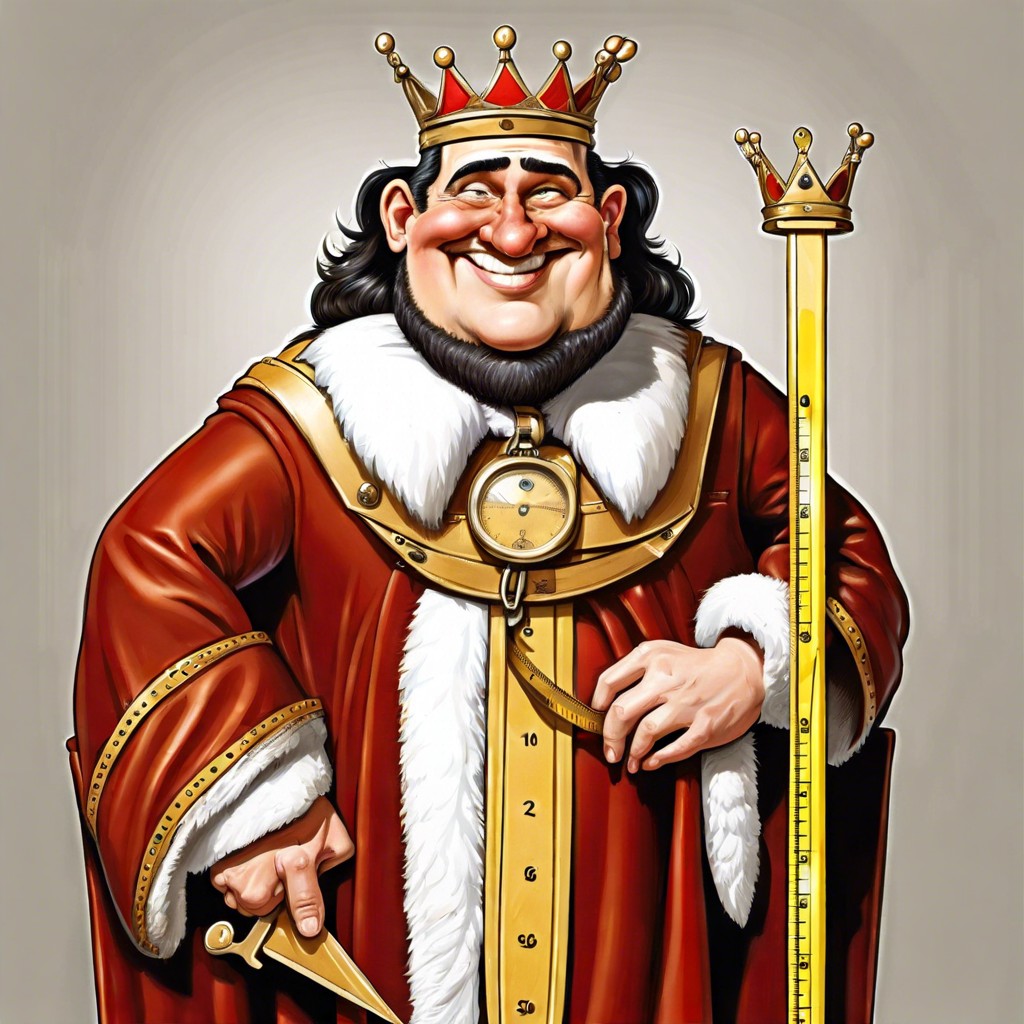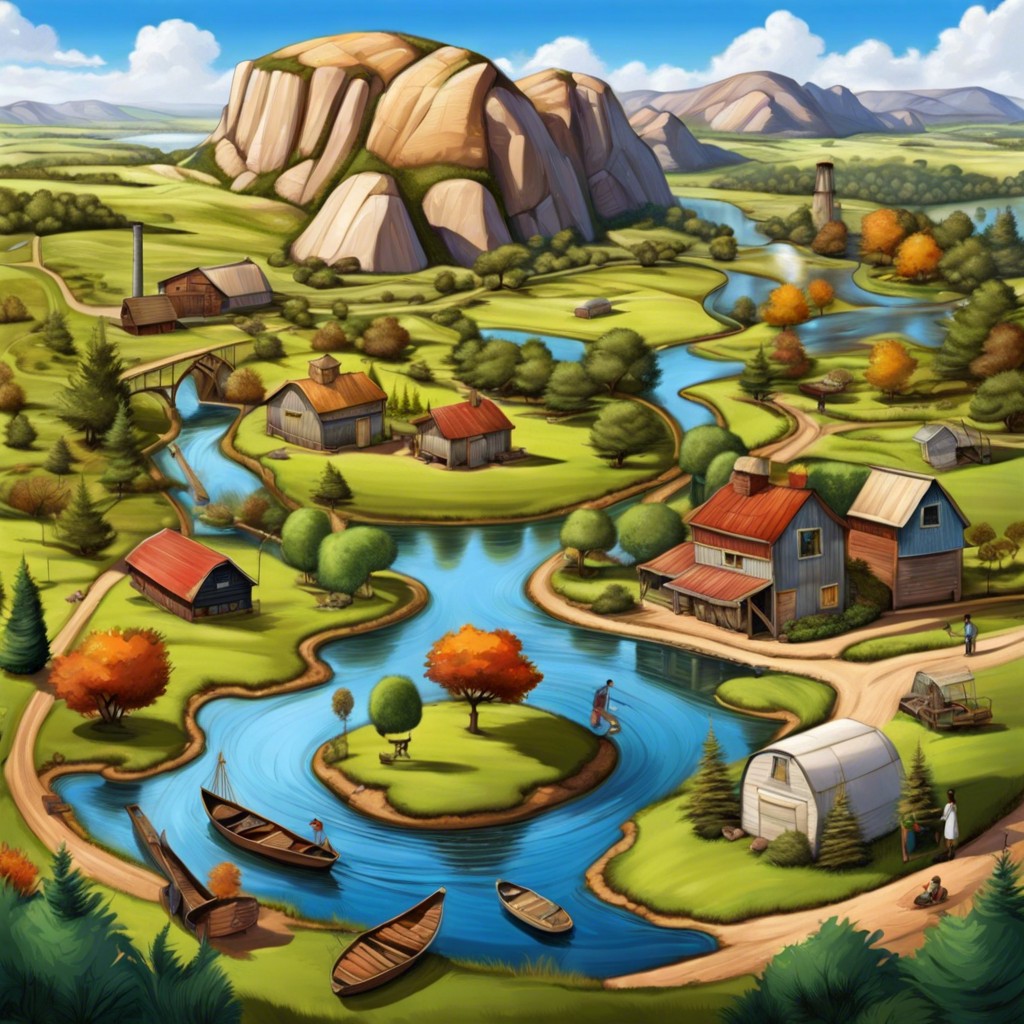Understanding the size of an acre can help you better visualize land measurements and planning. This article provides a clear explanation of how large an acre is using familiar reference points.
Key takeaways:
- An acre is 43,560 square feet or 4,046 square meters.
- An acre can be visualized as a square plot with sides measuring about 208.71 feet or 63.61 meters.
- Comparing an acre to familiar units, such as tennis courts, helps understand its size.
- The price of an acre varies based on location, usage, and environmental factors.
- Urban areas command higher prices while rural areas are generally less expensive.
Dimensions of an Acre in Square Feet and Meters
An acre is traditionally used in the United States and the UK to measure land area. It equals 43,560 square feet, which is roughly equivalent to a 90% size of an American football field, excluding the end zones. To put it in a more globally understood measurement, an acre is about 4,046 square meters.
This size can be envisioned as a square plot with each side measuring approximately 208.71 feet, or about 63.61 meters. This visualization aids in understanding the scale of land dealings or development projects, giving a tangible perspective on spatial planning and property layouts.
In other terms, considering smaller, familiar units helps break this scale into more digestible visuals. For instance, visualizing an acre as about 16 tennis courts laid out in a 4×4 grid can simplify its vastness for better comprehension. This approach is particularly useful in countries more accustomed to metric system and smaller unit divisions in daily use.
Factors Influencing the Price of an Acre
The variability in price based on location is profound. Urban areas, particularly near bustling city centers, often command higher prices due to their potential for commercial development and higher demand for residential space. Conversely, rural acres are generally less expensive, reflecting lower demand and a broader availability of land.
Usage also significantly impacts value. Land zoned for commercial use, such as retail spaces or office buildings, usually carries a higher price tag compared to residential-zoned land. This is because commercial land typically generates higher income, making it a more lucrative investment.
Environmental factors and local regulations can further influence acre pricing. For example, land with valuable natural resources may be more expensive. Similarly, areas with strict building regulations might decrease land value due to the limitations imposed on development.
Understanding these factors helps potential buyers make informed decisions, weighing the cost against the potential return on investment of the land in question.
Location Variability
The cost and attributes of an acre can change dramatically depending on where it’s located. In urban centers like New York or San Francisco, an acre of land is rare and exponentially more expensive than in rural areas. Contrastingly, rural regions, often characterized by abundant land, see significantly lower prices per acre. This variance is attributed to demand, availability, and the economic activities supported by the region. A prime example: an acre in Manhattan could be worth millions of dollars, essentially due to its potential for high-rise development and rental returns, whereas agricultural land in Iowa is much cheaper, reflecting its use for farming rather than real estate development. Understanding this variability is crucial for investors and developers when assessing land value and potential uses.




